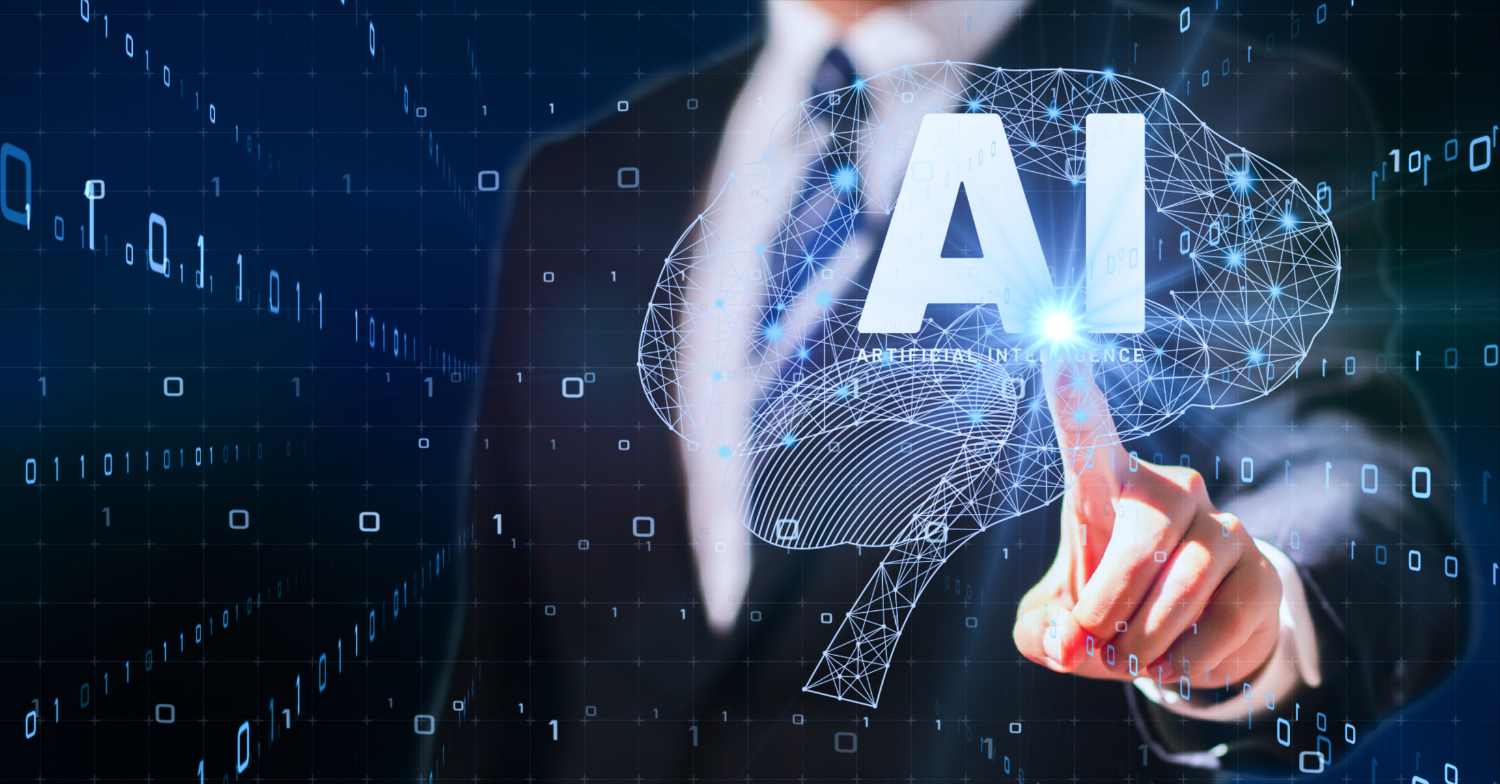 InspirationsLeadership
InspirationsLeadershipArtificial Intelligence in Recruitment
Before the rise of ChatGPT in 2023, rumors about the use of AI in recruitment had already started circulating in public consciousness. For example, it was said that AI could process large volumes of applicants and data more efficiently and accurately than any human specialist. However, there were also concerns that AI could accidentally learn basic biases and end up selecting only candidates with certain characteristics, like owning a dog or having specific letters in their name.

Although AI has undoubtedly progressed over the past few years, the above example highlights the dangers of replacing a recruitment expert with AI. AI still does not truly “think”; it analyzes and summarizes. It processes what we humans think and believe—it works with “pre-existing data”—and, unfortunately, this means that without self-awareness or correction, it is capable of replicating our biases.
AI as a Recruitment Consultant
In a recent case, for instance, a candidate applying for a talent program asked AI for help with filling out the Hogan Personality Inventory during the recruitment process. Unfortunately, the AI advised the candidate to avoid extreme responses. In other words, when the candidate would have marked “strongly agree” to a statement, they were advised to select “agree” instead. While this advice holds some truth—after all, the “middle ground” is often a valid approach—without context, it led the candidate astray. In a standardized test, the raw points achieved with responses like these significantly differ, potentially painting a very different personality profile. Fortunately, someone who knew the candidate personally noticed the discrepancy between the profile and reality, and the candidate later admitted they had received this advice from AI.
AI as a Recruitment Evaluator
But what happens when we ask AI to evaluate candidates or train it for this task? According to a recent study in Germany, the outcome might be similar to the one described above, with simple biases influencing the results. In this case, an innovative organization tasked AI with evaluating video interviews using the Big Five OCEAN personality model. Initially, the project appeared successful, until more cautious experts conducted rigorous testing, which revealed that the outcome depended heavily on the background or what the candidate was wearing. For example, if a well-organized bookshelf was in the background, the AI system would perceive the candidate as more systematic and extroverted. If the candidate wore glasses, the AI considered them more flexible compared to an interview without glasses. While one might argue that these visual cues could correlate with personality traits, a skilled human evaluator would disregard such factors, aware of their susceptibility to manipulation and their misleading nature. Additionally, changes in lighting (brightness adjustments) also affected the AI’s evaluation.
AI as a Decision-Maker in Recruitment
Finally, let’s turn to the question of whether AI can be involved in the decision-making process itself. Much depends on how the machine is trained, but before we rush in with confidence, we should take a look at public opinion. According to an American study, most people simply don’t want AI to decide whether they are suitable for a position, even though many believe AI is now likely to discriminate less based on gender or race compared to a human decision-maker. With such opinions, giving AI a major role in our employer brand could be costly, as it’s often more expensive to fix than a poor hiring decision.
Conclusion
In conclusion, AI’s role in recruitment is somewhat mixed, which makes it more practical to assign it only specific tasks. Given that AI excels in analysis, summarization, and error detection, it is more beneficial to involve it in these areas of the recruitment process rather than in making judgments or decisions. In the latter areas, AI is prone to reproducing common human mistakes and biases, while we may be too inclined to trust it simply because it is independent and “smart.”

